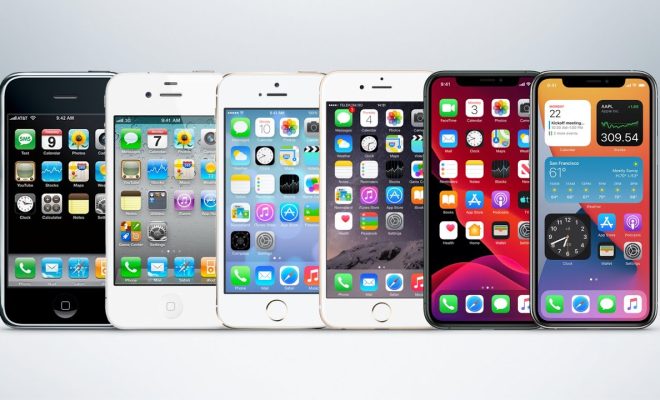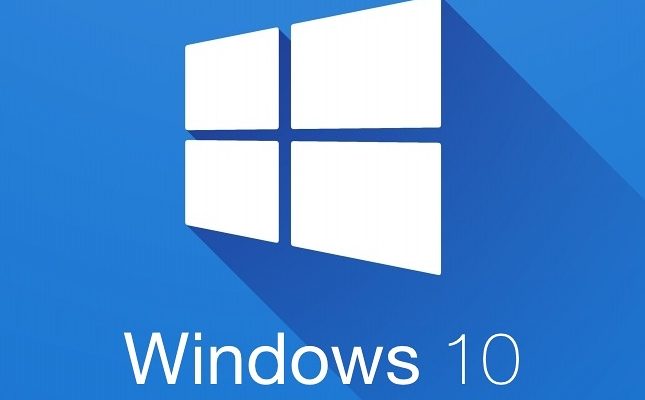The History of iOS, from Version 1.0 to 16.0

The iOS operating system has come a long way since its inception in 2007. Version 1.0 was the first-generation OS for the iPhone, which was released on June 29, 2007.
iOS 1.0
This version of iOS offered basic features such as SMS, email, web browsing, and the ability to make phone calls. Safari was the default web browser, while iTunes was used for music playback. It was a groundbreaking move for the mobile industry, as the iPhone’s touch interface was a departure from the traditional button-driven devices.
iOS 2.0
The second-generation iOS came out in 2008, about a year after its initial release. This version brought with it the App Store, which allowed users to download third-party applications. Users could now interact with applications other than the pre-installed ones, making their phone experience more personalized.
iOS 3.0
The third iteration of iOS was released in 2009, which brought new features like copy-paste, MMS, and Spotlight search. The release also brought new applications like Voice Memos and a landscape mode for the keyboard.
iOS 4.0
The fourth version of iOS launched in 2010 and brought with it a multitasking functionality, which made switching between applications that much smoother. The update also brought unified inboxes for email, folders for organizing applications, and FaceTime for video chat.
iOS 5.0
Released in 2011, iOS 5.0 significantly improved notifications in the operating system, with Notification Center aggregating all alerts in one place. The release also brought iMessage, which allowed users to send text messages to other iOS devices without incurring SMS fees from carriers.
iOS 6.0
The sixth iteration of iOS came out in 2012 with a new design overhaul in terms of the interface of the operating system with a more modern flat design. Apple’s Siri virtual assistant also debuted with this release, which could recognize more languages and respond to more user actions.
iOS 7.0
The iOS 7.0 update, which launched in 2013, brought significant design changes to the operating system with a more refined flat design. The release also brought Control Center, which allowed users to quickly change settings from a single screen.
iOS 8.0
iOS 8.0 came out in 2014, focusing on improving performance, adding new features like HealthKit, HomeKit and Continuity, which allowed users to seamlessly move from one device to another while working on the same project.
iOS 9.0
Launched in 2015, iOS 9.0 focused more on improving performance, including improved battery life, low power mode, and better Siri integration.
iOS 10.0
The iOS 10 update brought a lot of new features, including a redesigned Lock screen, expanded 3D Touch functionality, new updates for Siri, and an updated Photo app.
iOS 11.0
The iOS 11 update brought a lot of significant changes to iOS, including a redesigned App Store, an updated Control Center, and new features for the iPad.
iOS 12.0
Released in 2018, iOS 12.0 focused on improving performance and included features like grouped notifications, Memoji, and Screen Time, which allowed users to monitor their device usage.
iOS 13.0
The iOS 13 update, launched in 2019, brought a lot of major changes, including the long-awaited Dark Mode, a new and improved Photos app, an updated Maps app, and significant performance improvements.
iOS 14.0
Released in 2020, iOS 14.0 saw significant changes including an updated Home screen design, translated Siri, and the introduction of the App Library.
iOS 15.0
The latest version of iOS, iOS 15.0, launched in 2021 and brought with it a range of new features, from updates to FaceTime and Maps, to major changes in notifications, messaging, and even AI.
In conclusion, the history of iOS is a story of evolution, growth, and innovation. From its modest beginnings as a basic operating system for the iPhone, iOS has become a robust and highly customizable platform that plays a significant role in our daily lives. As technology continues to push forward, it will be interesting to see how iOS continues to evolve and adapt, staying relevant and staying a preferred choice of operating systems for users worldwide.






